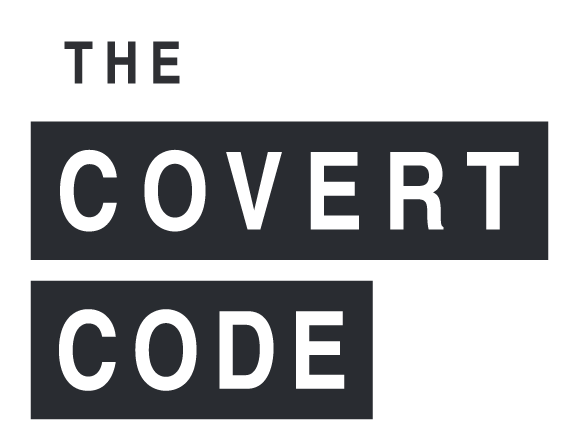The latest release from the Federal Trade Commission is a wake-up call we can’t afford to ignore: In 2024, Americans reported losing a staggering $12.5 billion to fraud—up 25% from the year before. More people are being bamboozled out of more money, and the ways it’s happening should make every business owner, marketer, and consumer pay attention.
It’s tempting to see headlines like these and think, “That could never happen to me or my company.” But if you work in digital marketing, run paid ads, or even open your inbox, you’re already a player in the biggest game of consumer trust—and deception—of our time.
Behind the Numbers: Why Are Losses Soaring?
According to the FTC, while the total number of fraud reports stayed flat, the percentage of people who actually lost money jumped to 38%—up from 27% the previous year. Source: FTC, 2025 That’s not a “few bad apples” problem; that’s a system that’s failing to protect people at scale.
The biggest losses came from investment scams ($5.7 billion), followed by imposter scams and online shopping rip-offs. But what’s underreported is the web of “everyday” digital fraud that quietly siphons resources from honest businesses—bot clicks eating up your ad budget, resold lists filled with non-consenting consumers, phony leads you can’t verify, and SEO “gurus” promising the world but leaving you invisible.
These aren’t rare occurrences—they’re the rule, not the exception, for anyone operating in today’s digital economy. As I’ve warned in The Covert Code and on Forbes, “It’s just SO easy to be a con man online.” That trend isn’t slowing down.
How Scams Happen Now: The Anatomy Has Changed
Let’s get specific. Investment cons? Many now cloak themselves in slick digital ad funnels that mirror legitimate financial firms. Imposter scams? Think near-perfect cloned websites, AI-generated voices cold-calling your staff or customers, and fake “billing” emails that look like they came straight from your own CRM. Job opportunity scams? The FTC reports these losses jumped from $90 million to $501 million in just four years and often start with a LinkedIn ad—or a “personalized” email that was scraped or bought from a list you (or your vendor) never should have touched.
Why do these cons work? Because scammers easily turn the tools of legitimate digital marketing—targeted lists, automated outreach, seamless payment—against us. And because, as I see every week, too many platforms have built empires on plausible deniability, not transparency or accountability.
The Digital Ad Industry’s Accountability Gap: Why “Trust But Verify” Isn’t Just for Spies
Here’s the reality I see as an agency owner: There’s no third-party Nielsen for your online ad impressions, no guarantee that a “click” was a human being interested in your business. In fact, Google, Meta, and others openly resist letting any outside watchdogs investigate their traffic. (If you doubt it, ask yourself why advertisers can’t audit platforms the way we can audit TV or radio spots.)
It’s like booking a five-star hotel only to find your window faces a brick wall—and being told you’re “not eligible” to complain. Except in this case, the missing view is your hard-earned ad budget, vaporized by fake engagement and shoddy partners.
That’s not a flaw in the margins—it’s the margin for too many digital businesses. And it leaves honest organizations footing the bill for industry complacency.
Action Steps: Don’t Be the Next Headline
We can’t afford to be passive players. Here’s what I urge every business and consumer to do—starting today:
For business leaders & marketers:
- Vet every partner. If your agency or media vendor can’t provide third-party audit trails, run.
- Invest in fraud detection tools. Platforms like ClickCease can help block bot traffic and fake leads, saving 20–30% of your ad budget overnight (yes, really—we’ve seen it at Covert).
- Demand transparency. Insist on real-time reporting, ask who sold you that lead/gen list, and never buy into “set it and forget it” promises.
- Educate your team. Scammers are getting sophisticated—make digital vigilance part of your culture.
For consumers:
- Be wary of unsolicited messages—email remains the #1 channel for scammers.
- Independently verify offers, especially around investments, jobs, or shopping.
- Report anything suspicious via ftc.gov.
Red Flags to Watch For:
- Unverifiable traffic spikes or “guaranteed” results with no proof.
- Pressure for immediate payment via bank transfer or crypto.
- Offers that sound too good to be true—because they are.
Conclusion: This Is Everyone’s Problem
We’re living through a golden age of digital opportunity—and digital deception. The $12.5 billion lost last year isn’t some isolated storm; it’s a sign that the way we do business, build trust, and track value online needs to change.
I refuse to accept that this is “just the cost of doing business” in 2025. If platforms won’t change, it’s up to us to lead by example—demanding transparency, investing in education, and refusing to play by scammers’ rules.
Anna Covert founded Covert Communication, a Forbes Books author, and an advocate for honest, high-impact digital marketing. Find strategies and transparency guides. Join the discussion on LinkedIn.










Leave A Comment